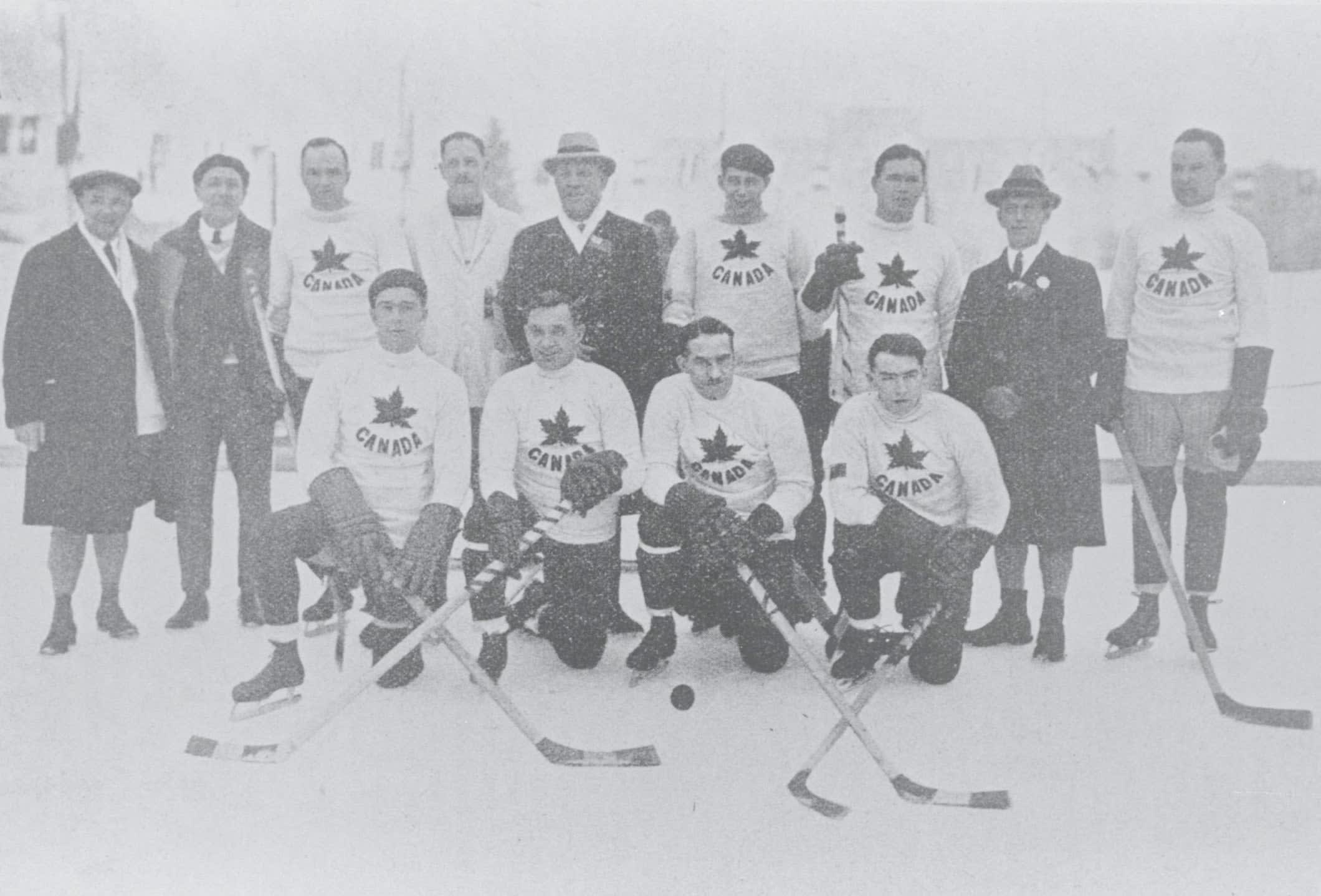Harry Watson and the Canadian ice hockey goal glut
“It’s our game,” Canadians often say of ice hockey. At Chamonix 1924, represented by the Toronto Granites, who earned the right to compete at the Games by triumphing in the Allan Cup (the trophy awarded to the national men’s amateur champions), Canada underlined the claim in stunning fashion. Racking up a series of phenomenal scores, they defeated Czechoslovakia 30-0, Sweden 22-0 and Switzerland 33-0 in their first-round group, scoring a jaw-dropping total of 85 goals and conceding none. In the final round, Canada saw off Great Britain (19-2) and the USA (6-1) to land a memorable Olympic title.
As the tournament progressed, this veritable festival of goals attracted larger and larger crowds – especially for the Canada-USA encounter – with one player in particular, Harold Ellis “Harry” Watson, putting in consistently brilliant performances that delighted the French public, and establishing records that will likely never be beaten.
Nicknamed “Moose”, Watson had previously served in the First World War as a flying ace with the Royal Flying Corps. The 26-year-old would leave an indelible mark on the Winter Games, as he appeared able to score at will. By the end of the first 15-minute period of the opening game versus the Czechoslovakians, he had already notched a hat-trick, and he then added six goals in the second period and two in the third to walk off the ice having hit the back of the net an astonishing 11 times. In Canada’s subsequent game against Sweden, Watson struck another six times.
Versus Switzerland, the skilful Ontarian set an Olympic record of 13 goals in one match that will, in all likelihood, never be broken. Scoring four times in the first 15 minutes, he bagged a further nine as the duel progressed.

Watson’s goal-scoring exploits were not just restricted to games against modest opposition. In the Olympic final, where Canada faced a dangerous US team, he scored half of his country’s goals in a solid 6-1 victory, giving him a truly amazing total of 36 goals in five games.
Watson’s legend did not end there, as he is also remembered for sticking to his amateur principles and turning down the chance of a professional ice hockey career. After blowing away the competition in Chamonix, he was unsurprisingly contacted by numerous professional North American franchises, but he refused to be tempted by their eye-watering financial offers, despite the fact that many of his brilliant team-mates were busy signing lucrative National Hockey League contracts.
Instead, Watson brought the curtain down on his sporting career in the wake of his Olympic triumph. Having moved into coaching, he made a brief return to the ice at the age of 33 when his team suddenly found itself short of a player.
He was inducted into the Hockey Hall of Fame in 1963 and into the International Ice Hockey Federation Hall of Fame in 1998. Following this second ice hockey gold medal (the Winnipeg Falcons, representing Canada, had previously won the title at the 1920 Summer Games in Antwerp), Canada would go on to regularly dominate the sport at the Games over the next century, claiming a record nine Olympic crowns and a total of 15 medals up to and including Sochi 2014.